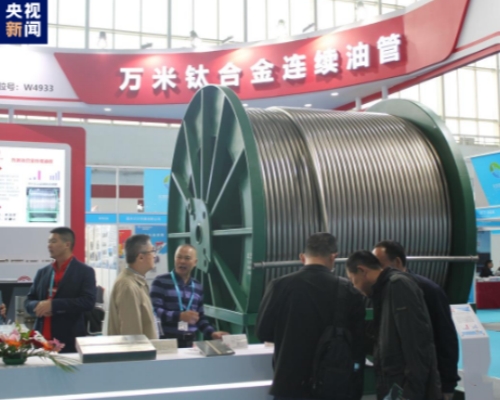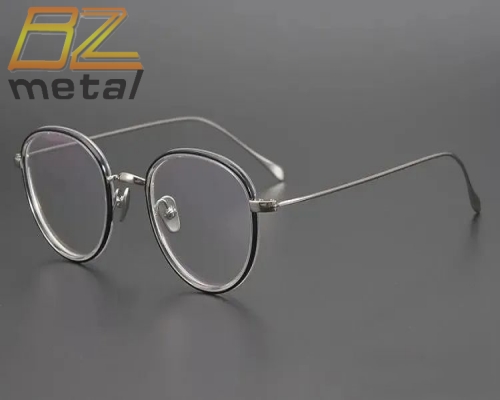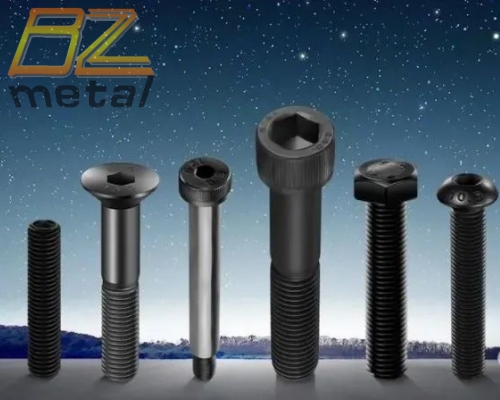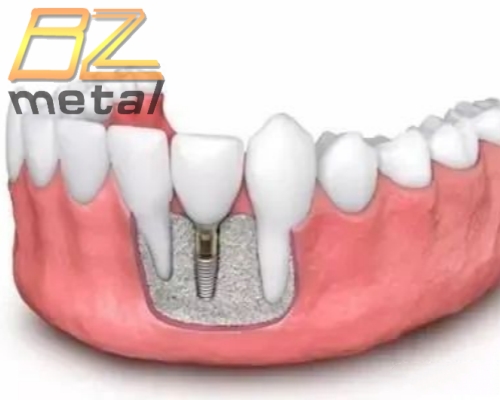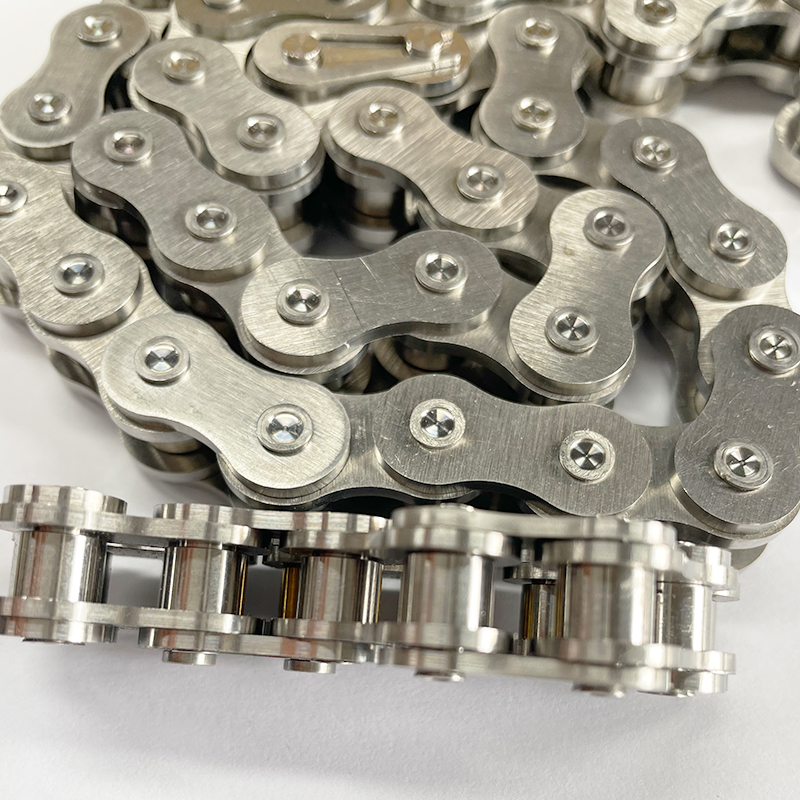Polishing Knowledge About Titanium Alloy Screws
Polishing Knowledge About Titanium Alloy Screws
In the process of diversification and gentrification of industrial products, how to improve the quality of molds that directly affect product quality is an important task. In the manufacturing process of titanium alloy screw molds, the smooth processing and mirror processing after shape processing are called part surface grinding and polishing processing, which is an important process to improve the quality of the mold. Mastering reasonable polishing methods can improve the quality and service life of titanium alloy screw molds, thereby improving product quality. Here are some commonly used polishing methods and working principles.
1. Mechanical Polishing
Mechanical polishing is a method of polishing a smooth surface by cutting or plastic deformation of the surface of the material and removing the protrusions on the surface of the workpiece. Generally, oilstone strips, wool wheels, sandpaper, etc. are used. Manual operation is mainly used. Ultra-fine polishing methods can be used if the surface quality requirements are high. Ultra-fine polishing is the use of special abrasive tools. In the polishing liquid containing abrasive, it is pressed tightly on the surface of the workpiece to be processed for high-speed rotational movement. Using this technology, the surface roughness of Ra0.008 µm can be achieved, which is the best surface roughness among various polishing methods. This method is often used in optical lens molds.Mechanical polishing is the main method of mold polishing.
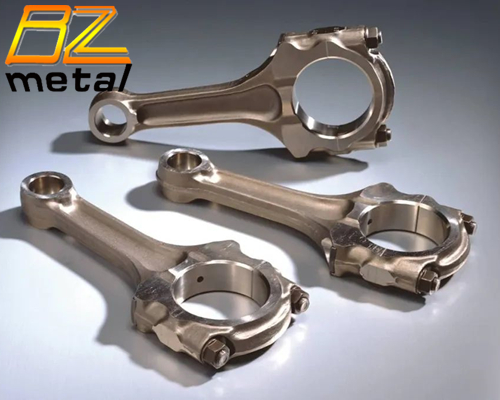
2. Chemical Polishing
Chemical polishing is when a material dissolves the microscopic protruding part of the surface preferentially than the concave part in a chemical medium, thereby obtaining a smooth surface. This method can polish workpieces with complex shapes, and many workpieces can be polished at the same time, with high efficiency. The surface roughness obtained by chemical polishing is generally Ra10 µm.
3. Electrolytic Polishing
The basic principle of electrolytic polishing is the same as that of chemical polishing, that is, it selectively dissolves the tiny protrusions on the surface of the material to make the surface smooth. Compared with chemical polishing, it can eliminate the influence of cathode reaction and has a better effect.
4. Ultrasonic Polishing
Ultrasonic polishing is a processing method that uses ultrasonic vibration on the cross-section of a tool to polish brittle and hard materials through abrasive suspension. The workpiece is placed in the abrasive suspension and placed in the ultrasonic field together, relying on the oscillation of ultrasonic waves to grind and polish the abrasive on the surface of the workpiece. Ultrasonic processing has small macroscopic force and will not cause deformation of the workpiece, but tooling production and installation are more difficult.
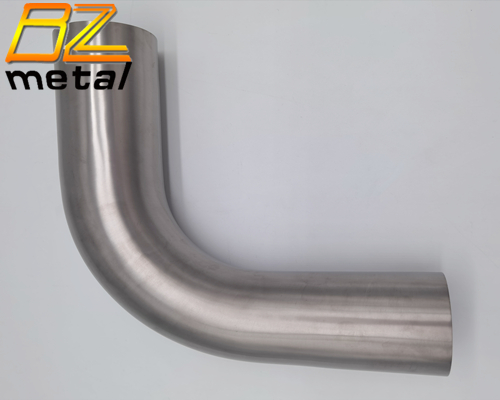
5. Fluid Polishing
Fluid polishing relies on the flowing liquid and the abrasive particles it carries to scour the surface of the workpiece to achieve the purpose of polishing. Hydrodynamic grinding is driven by hydraulic pressure. The medium is mainly made of special compounds (polymer-like substances) with good fluidity at lower pressures and incorporated into abrasives. Silicon carbide powder can be used for abrasives.
6. Magnetic Grinding and Polishing
Magnetic grinding and polishing is the use of magnetic abrasives to form abrasive brushes under the action of magnetic fields to grind and process workpieces. This method has high processing efficiency, good quality, and easy control of processing conditions. Using suitable abrasives, the processed surface roughness can reach Ra0.1 µm.
7. EDM Ultrasonic Composite Polishing
In order to improve the polishing speed of workpieces with a surface roughness Ra of more than 1.6µm, ultrasonic waves and a dedicated high-frequency narrow pulse high-peak current pulse power supply are used for composite polishing. Ultrasonic vibration and electrical pulse corrosion act on the surface of the workpiece at the same time, quickly reducing its surface roughness, which has a significant effect on the rough surface polishing of molds processed by turning, milling, electric spark and wire cutting processes, which are very effective.

